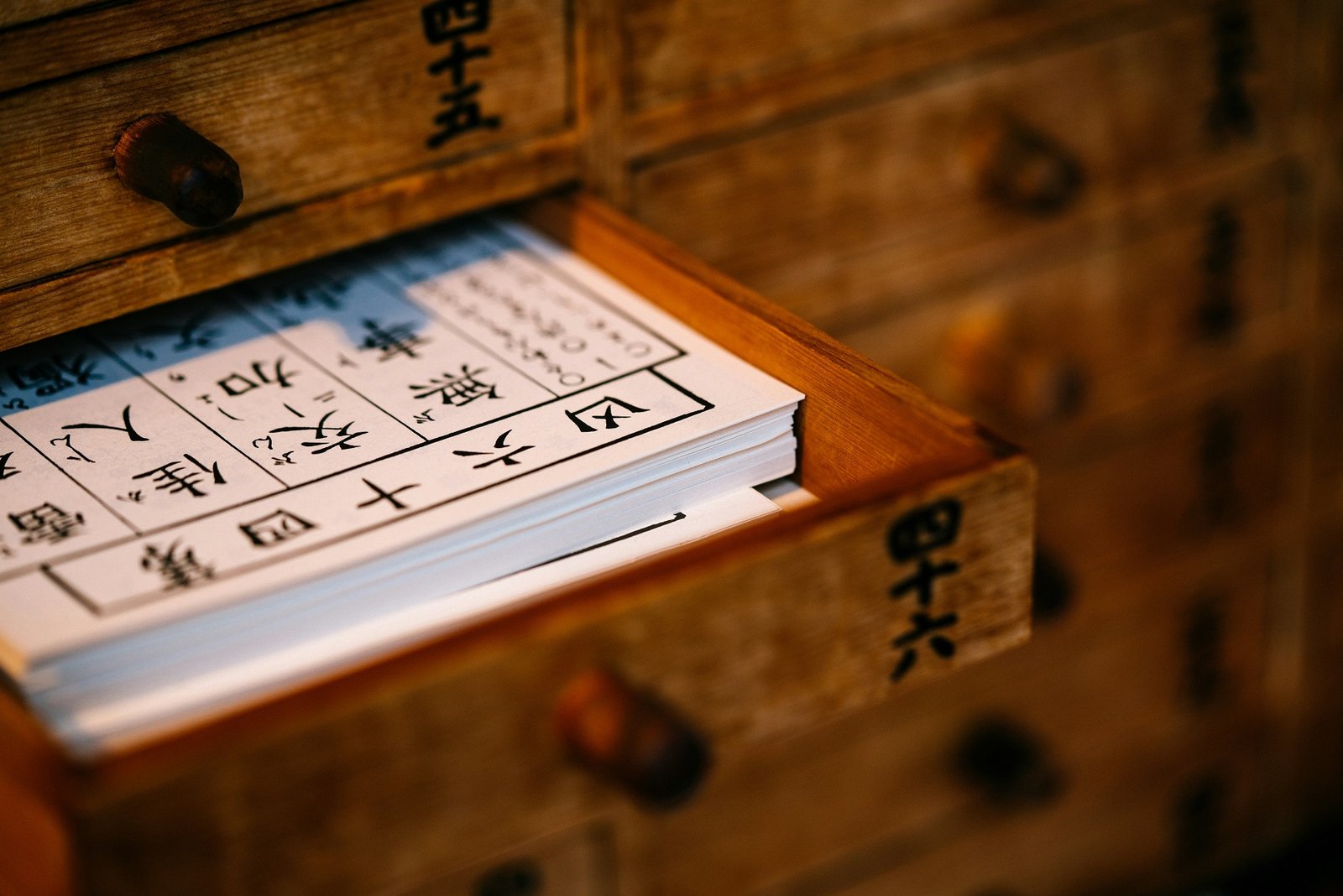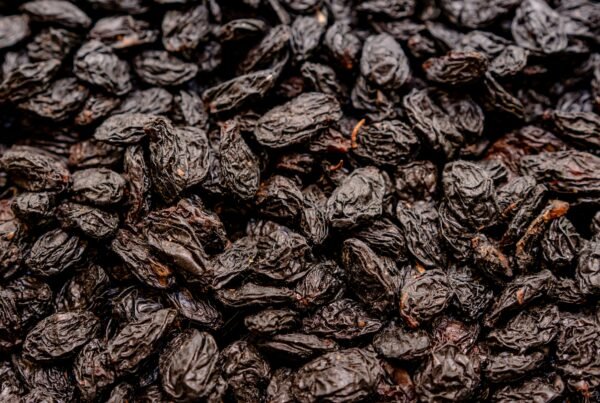Chinese medicine, through its two branches, Traditional Chinese Medicine (TCM) and Five Element acupuncture, provides detailed means of holistic diagnosis and treatment through which many health conditions can be successfully treated. In this case study, I will use the example given to display some of these diagnostic methods and propose a means of treatment through dietary and lifestyle adjustments. Of course, the breadth of this branch of medicine cannot be covered in this example. I am not covering important techniques such as pulse and tongue diagnosis; neither am I addressing possible herbal and acupunctural modes of treatment. The case presents as follows:
A female client with the following symptoms: low energy, weight gain, sluggish bowels, candida symptoms (thrush) and sugar cravings.
Are you interested in a holistic approach to nutrition that incorporates Chinese and Ayurvedic knowledge? Read about my programs here.
Diagnosis per Chinese Medicine
Six Pernicious Influences & Five Climates
Chinese medicine, through TCM, sets out six types of influence, known as the six pernicious influences, which have the potential to affect health. These are: dampness, wind, cold, heat, dryness and summer heat (Kaptchuk, 2000). In Five Elements, a similar concept is sometimes referred to as the Five Climates (Beinfield, 1991): wind, heat, dampness, dryness and cold. These classifications are very similar – the Five Elements system omits summer heat. These influences or climates are thought to “invade” the body when a state of imbalance is experienced and the body’s Wei Qi (protective qi) is not strong enough to repel the invading energy. These influences can literally invade the body from the outside environment (known as an External Pernicious Influence), but are often generated internally when the body is in a weakened state and unable to correct imbalances of yin and yang (Kaptchuk, 2000). It is not necessary for an external climate to be present in order to experience the corresponding “influence” or “climate”.
Dampness
The case example in this discussion clearly exhibits symptoms of the influence of dampness. The nature of dampness is wet, heavy and slow (Kaptchuk, 2000), most affecting the lower body as its nature is descending. Sluggishness in general is to be expected from dampness, as displayed in this example by the sluggish bowel movements and low energy. Dampness tends to lead to weight gain through its heaviness. Candida is a classic symptom that manifests when the body is too damp (Sharma, 2019). Sugar cravings also fit this influence as dampness is associated with the sweet taste, alongside the Earth element in the Chinese Five Elements system, which we will return to shortly. Dampness correlates with the Ayurvedic dosha of Kapha which is also heavy, moist and slow. This is connected with the Earth and Water elements of Ayurveda.
The condition of dampness tends towards coagulation and coming together (Beinfield, 1991), which inevitably obstructs the proper movement of Qi throughout the body. This blockage leads to stagnation and thus conditions associated with lack of movement, drainage and detoxification (Kaptchuk, 2000). Dampness often occurs with another condition, usually wind, heat or cold (Beinfeld, 1991). However, in the limited information provided in this example, the presence of an accompanying influence is not clear.
Dampness is associated with weakness in the Spleen and is most associated with this organ (Leggett, 2008). There is even a traditional Chinese saying that states that “the Spleen likes Dryness” (Beijing Institute of Traditional Chinese Medicine, 1978). This is, of course, not a reference to the actual physical organ of the spleen referred to in Western anatomy, but more of a function within the body or organ complex. Thus, the Spleen, and other Chinese organs are given capitals to differentiate them from the Western counterparts. The Spleen is often thought to encompass the pancreas in its function. In addition to the Spleen, dampness is often linked to a weak Kidney and/or Lung (Leggett, 2008). In the case of this example, with the limited information given, it appears that the Spleen and possibly the Kidneys are most affected, with the Spleen being the main imbalance. These are correlated to the Earth and Water elements respectively in Chinese Five Elements, which again correlate with an imbalance in the Ayurvedic Kapha dosha.
Dietary & Lifestyle Adjustments
Now that the imbalance has been identified, it is possible to make recommendations with respect to diet and lifestyle that will help to bring the person back into balance through balancing of the elements concerned and expelling of the pernicious influence(s).
Dietary Treatment per Chinese Medicine
Primarily, Earth element foods should be minimised, Metal element foods utilised in order to drain excesses of Earth through the sheng cycle, Wood element foods also used in order to better control the excesses of Earth through the Ke cycle and Fire element foods to support a potentially drained Fire element (Chia, 2017).
In practice, this translates to a primary focus on decreasing the intake of the sweet taste, mucus-forming and cold foods. Examples of foods to be avoided include rich meat like pork, dairy (especially cow’s dairy – goat’s milk can be utilised if dairy is hard to give up), fats and oily foods, refined sugars and sweetened foods, bread, yeast and bananas (Pitchford, 20002, Chia, 2017). Cold, damp and sweet foods in particular should be avoided (ice cream being a primary example).
These foods should be replaced with warming and drying foods like rye, amaranth, aduki beans, onions, asparagus, garlic, horseradish, cayenne pepper and other warming and drying spices. Examples of meals that would be in alignment with this nutritional approach are given below.
Example Meal Plan
Breakfast: Amaranth porridge with cinnamon. While grains in general are Earth foods, amaranth was listed above as a suitable food because it is given as a Metal element food by Chia (2017), classified as drying dampness by Pitchford (2002) and counteracting damp and draining water by Leggett (2008). While it is cooling, this will be offset by the warming and pungent (Metal flavour) cinnamon.
Lunch: Vegetable green Thai curry. The pungent (Metal element) herbs and spices used in the Thai dish will move and dry the dampness and help to balance the Earth and Water elements.
Dinner: Aduki bean dhal with onions and cooked with coriander, cumin, ginger, cayenne and turmeric. Aduki beans are very drying and the combination with the pungent spice and onions (Leggett, 2008) facilitates easy digestion and movement of the damp condition.
Yin & Yang
Looking at the situation from another perspective, dampness is a yin condition which often occurs due to a lack of yang energy in the body. Wei Chi, referred to earlier as our protective energy against pernicious influences, is the body’s most yang energy (Pitchford, 2002) and if it were strong enough, dampness would not be able to invade and take over the body. Like the lack of Agni allowing the formation of Ama in Ayurveda, the best way to clear dampness is with the very yang energy whose absence allowed the condition to enter the body in the first place. This again points us towards warming foods that encourage movement, for example the pungent spices of the Metal element referred to above and utilised in the suggested meals and also those of the Fire element.
Lifestyle Adjustments
In terms of lifestyle changes, accumulation of dampness and stagnation within the body would be helped by increased activity and all things which promote movement of the bodily fluids such as physical exercise, dry skin brushing, rebounding, saunas etc. Furthermore, avoidance of environments that match the injuring influence would also be helpful while the body balances the internal imbalance. So damp, dark and cold places should be avoided, the living environment in particular should be well ventilated and kept dry through a dehumidifier if necessary. Any mould in the house should be dealt with and removed.
In conclusion, this article has explored some of the ways the Chinese medicine classifies dis-ease and imbalances and shown how simple adjustments of diet and lifestyle can be chosen to make a significant positive difference in the rebalancing of an individual’s condition to assist their return to health and balance. These steps would also be accompanied with herbal recommendations and acupuncture by a practitioner of Chinese medicine. Alternatively, they could also be complemented by other modalities such as homeopathic or vibrational remedies as well as with Western herbal medicine. However, even alone, these dietary and lifestyle adjustments would be effective in enabling the body to return to a state of balance and well-being.
Are you interested in a holistic approach to nutrition that incorporates Chinese and Ayurvedic knowledge? Read about my programs here.
References
Beijing Institute of Traditional Chinese Medicine, 1978, Foundations of Traditional Chinese Medicine, Science and Technology Press, Shanghai, China
Kaptchuk, T, 2000, Chinese Medicine: The Web That Has No Weaver, pages 146-9, Rider Books, London UK





